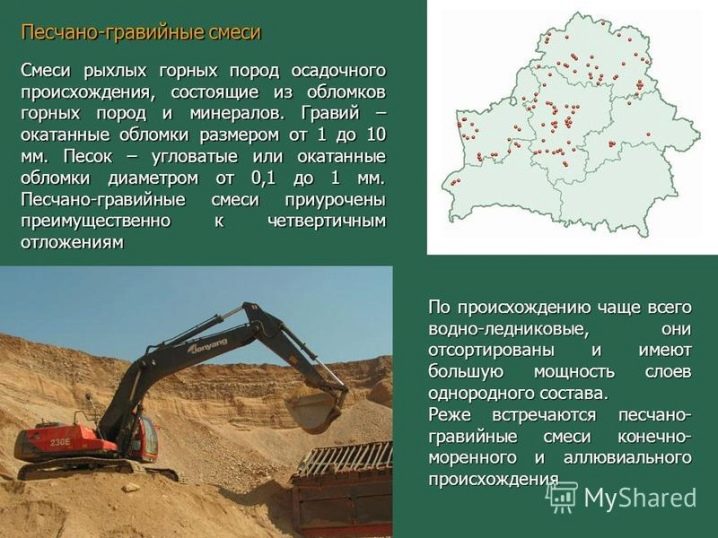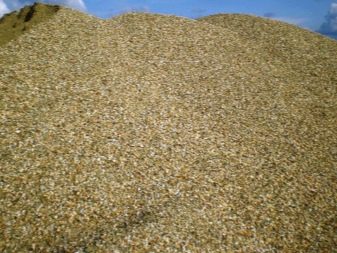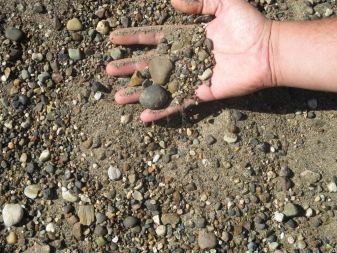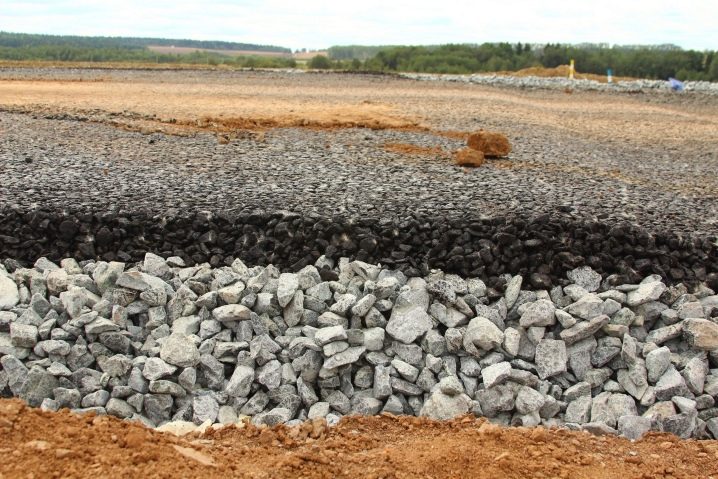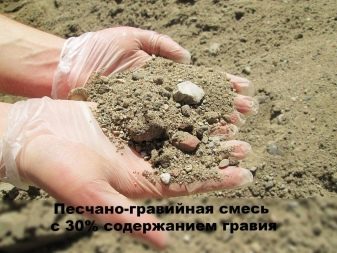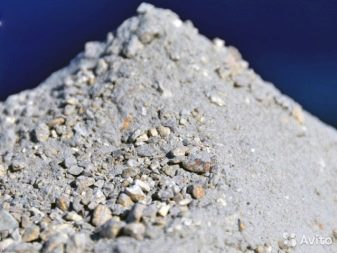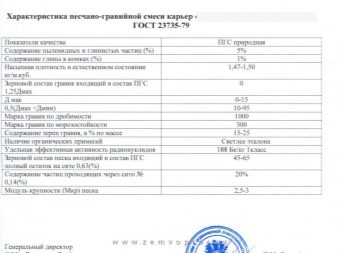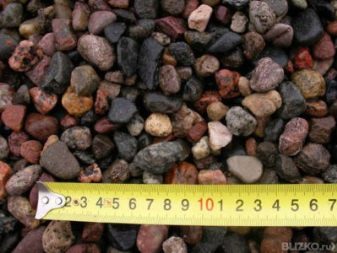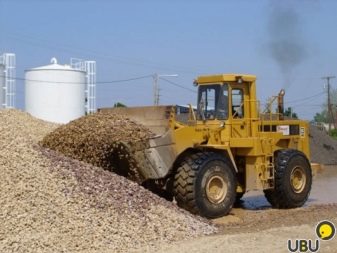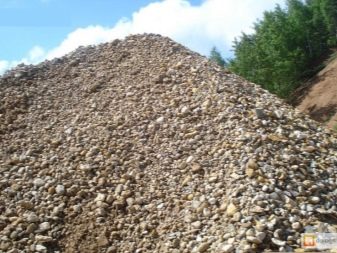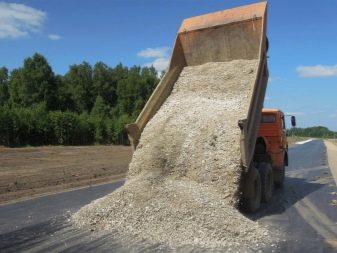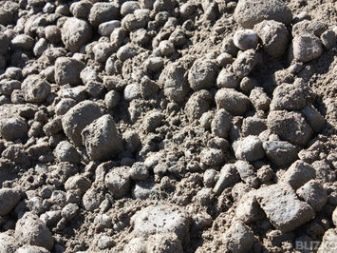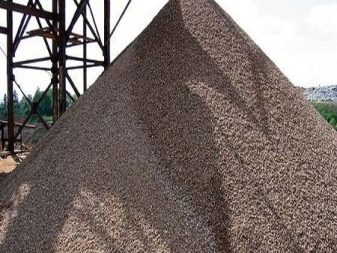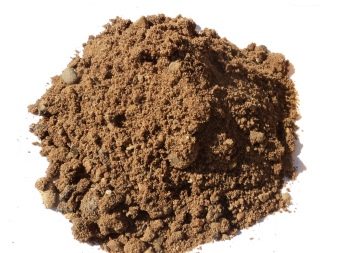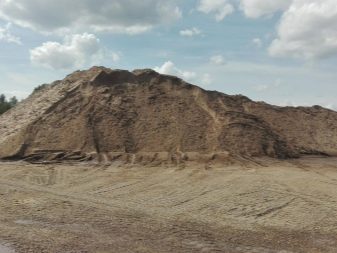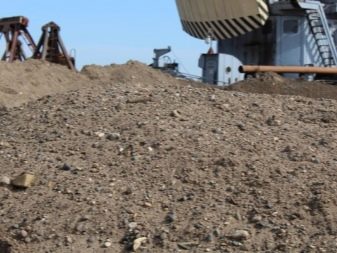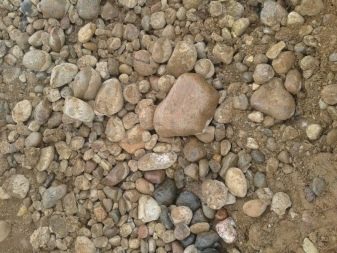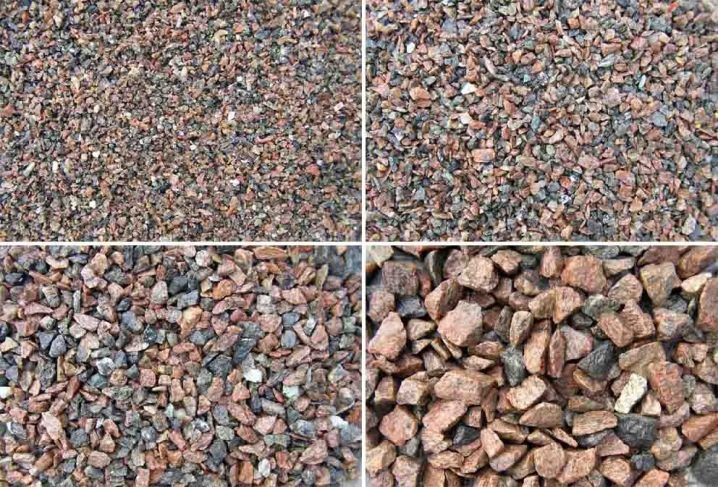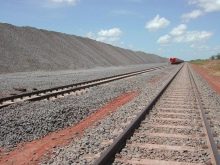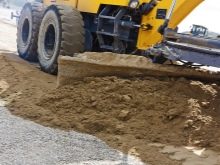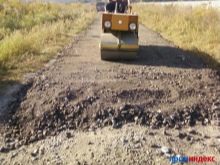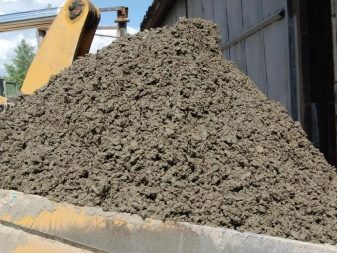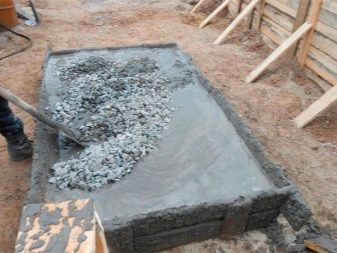Sand-gravel mix: features and scope
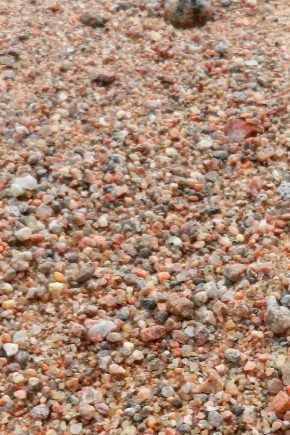
Sand-gravel mixture is one of the most common inorganic materials used in the construction industry. The composition of the material and the size of the fractions of its elements determine to which species the extracted mixture belongs, what its main functions are, where it is more suitable for use.
Sand-gravel mixture is used in construction for filling in the lower layers of various bases, for example, asphalt or other pavement, and for the manufacture of various mortars, for example, concrete with the addition of water.
Special features
This material is a universal ingredient, that is, it can be used in various activities.Since its main components are natural materials (sand and gravel), this indicates that the sand-gravel mixture is an environmentally friendly product. Also CBC can be stored for a long time - the shelf life of the material is absent.
The main condition for storage is to keep the mixture in a dry place.
If moisture still gets into the CBC, then using it will add less water (for example, in the manufacture of concrete or cement), and when the sand-gravel mixture is needed only in a dry form, then you will first have to dry it thoroughly.
High-quality sand and gravel mixture due to the presence of gravel in the composition should have good resistance to temperature extremes and not lose its strength. Another interesting feature of this material is that the remnants of the used mixture are not recyclable, but can be further used for its intended purpose (for example, when laying the path to the house or in the manufacture of concrete).
The natural sand-gravel mix has a low cost.While enriched with PGS has a high price, but this is offset by the durability and quality of buildings made from such an environmentally friendly material.
Specifications
When purchasing a sand and gravel mixture, it is necessary to pay attention to the following technical indicators:
- grain composition;
- the amount of content in the mixture of sand and gravel;
- grain size;
- impurity content;
- density;
- sand and gravel characteristics.
The technical characteristics of sand and gravel mixtures must comply with accepted state standards. General information about sand and gravel mixtures can be found in GOST 23735-79, but there are also other regulatory documents governing the technical characteristics of sand and gravel, for example, GOST 8736-93 and GOST 8267-93.
The minimum size of fractions of sand in sand and gravel mix is 0.16 mm, and gravel is 5 mm. The maximum value for sand according to standards is 5 mm, and for gravel this value is 70 mm. It is also possible to order a mixture with a gravel size of 150 mm, but no more than this value.
The content of gravel grains in natural sand-gravel mixture is approximately 10-20% - this is the average value. The maximum amount reaches 90%, and the minimum - 10%. The amount of various impurities (particles of sludge, algae and other elements) in natural natural gas mixtures should be no more than 5%, and in enriched minerals - no more than 3%.
In the enriched sand and gravel mix, the amount of gravel content on average is 65%, the clay content is minimal - 0.5%.
By the percentage of gravel content in the enriched sand and gravel mix, materials are classified into the following types:
- 15-25%;
- 35-50%;
- 50-65%;
- 65-75%.
Important characteristics of the material are also indicators of strength and frost resistance. On average, an ASG must withstand 300-400 freeze-thaw cycles. Also sand and gravel composition cannot lose more than 10% of its mass. The strength of the material affects the number of weak elements in the composition.
Gravel is divided into categories by strength:
- M400;
- M600;
- M800;
- M1000.
Gravel of category M400 is distinguished by weak strength, and M1000 - by high strength. The average level of strength is present in gravel of categories M600 and M800. Also, the number of weak elements in the gravel category M1000 should contain no more than 5%, and in all the others - no more than 10%.
The density of the CBC is determined in order to find out which component in the composition is contained in a larger quantity, and determine the scope of use of the material. On average, the specific gravity of 1 m3 should be approximately 1.65 tons.
The higher the content of gravel in the sand and gravel composition, the higher the level of strength of the material.
Of great importance is not only the size of the sand, but also its mineralogical composition, as well as the module size.
The average coefficient of compaction of ASG is 1.2. This parameter may vary depending on the amount of gravel content and the method of tamping material.
Not the last role is played by the Aeff coefficient. It is interpreted as a coefficient of the total specific efficiency of the activity of natural radionuclides and is present in an enriched ASG. This coefficient means the rate of radioactivity.
Sand-gravel mixes are divided into three safety classes:
- less than 370 Bq / kg;
- from 371 Bq / kg to 740 Bq / kg;
- from 741 Bq / kg to 1500 Bq / kg.
It also depends on the safety class to which scope this or that CBC is suitable. The first class is used for small construction activities, for example, manufacturing products or building repairs. The second class is used in the construction of automotive coatings in cities and villages, as well as for the construction of houses. The third class of safety is involved in the construction of various sites with a high load (these include sports and children's playgrounds) and major highways.
The enriched sand-gravel mixture is practically not subject to deformation.
Kinds
There are two main types of sand and gravel:
- natural (CBC);
- enriched (OPGS).
Their main difference lies in the fact that the enriched sand and gravel mixture is not found in nature - it turns out after artificial processing and adding a large amount of gravel.
Natural sand and gravel is mined in quarries or from the bottom of rivers and seas. According to the place of origin, it is divided into three types:
- mountain ravine;
- lake-river;
- sea
The difference between these types of mixture is not only in the place of its production, but also in the area of further use, the volume content of the main elements, their size and even shape.
The main features of the natural sand and gravel mixtures:
- the form of gravel particles - the most pointed corners have a mountain-ravine mixture, and they are absent from the marine CBC (smooth rounded surface);
- Composition - the minimum amount of clay, dust and other polluting elements is contained in the marine mixture, and in the mountain-ravine they predominate in large quantities.
The lake-river sand-gravel mixture is distinguished by intermediate characteristics between sea and mountain-ravine PGS.Sludge or dust can also be found in its composition, but in small quantities, and its corners have a slightly rounded shape.
In the OGGS, gravel or sand can be excluded from the composition, and gravel rubble is added instead. Gravel rubble is the same gravel, but in the processed form. This material is obtained by crushing more than half of the original component and has sharp corners and roughness.
Gravel rubble increases the adhesion of building structures and is well suited for the construction of asphalt concrete.
The crushed-stone compositions (sand-crushed-stone mixtures - Pschs) are divided according to the fraction of particles into the following types:
- C12 - up to 10 mm;
- C2 - up to 20 mm;
- C4 and C5 - up to 80 mm;
- C6 - up to 40 mm.
Compounds with rubble have the same characteristics and features as compositions with gravel. The most commonly used in the construction of sand and crushed stone mixture with a fraction of 80 mm (C4 and C5), since this type provides good strength and stability.
Scope of application
The most common types of construction in which sand and gravel mixtures are used are:
- road;
- housing;
- industrial
Sand-gravel mixtures are widely used in construction for backfilling trenches and trenches., leveling the surface, construction of roads and laying of the drainage layer, the production of concrete or cement, when laying communications, dumping bases for various sites. Also used in the construction of the base of the railroad tracks and landscaping. This available natural material is also involved in the construction of single and multi-storey buildings (up to five floors), laying the foundation.
The sand-gravel mix in the role of the main element of the road pavement ensures the resistance of the road to mechanical impact and performs water-repellent functions.
In the manufacture of concrete (or reinforced concrete) in order to exclude the possibility of the formation of empty spaces in the structure, it is used enriched by the CBC. Its fractions of various sizes perfectly fill the voids and thereby determine the reliability and stability of the structures. Enriched sand-gravel mix allows you to make concrete of several brands.
The most common type of sand and gravel mix is a sand and gravel mix with a gravel content of 70%. This mixture is highly durable and reliable, it is used in all types of construction.Natural CBC is used much less frequently, since, due to the content of clay and impurities, its strength properties are underestimated, but it is ideal for backfilling trenches or pits due to its ability to absorb moisture.
Most often natural natural gas mixtures are used for arranging the entry to the garage, pipelines and other communications, erecting a drainage layer, garden paths and arranging home gardens. The enriched composition is involved in the construction of high-traffic roads and homes.
How to make a pillow for the foundation of sand and gravel, see below.
